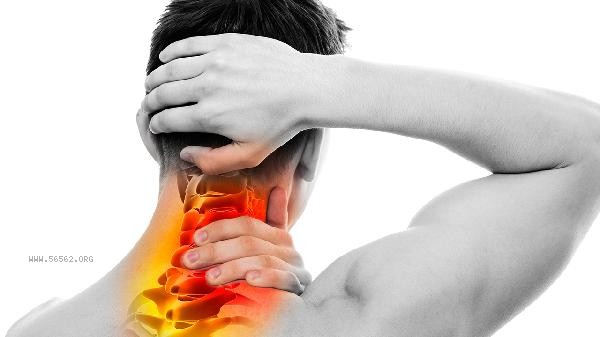The ability to walk after spinal cord injury depends on the degree of injury and rehabilitation treatment. Complete injury usually results in loss of walking ability, while incomplete injury may be partially restored through training. Neural repair, muscle training, assistive devices, surgical intervention, and psychological support are key improvement pathways.

1. Degree of nerve damage: Complete spinal cord injury results in permanent loss of motor and sensory functions below the injury level, requiring dependence on a wheelchair for daily life; Incomplete damage may preserve some nerve conduction function, and walking may be restored through rehabilitation training. In the acute phase, methylprednisolone shock therapy is needed to reduce edema, and in the later stage, neurotrophic drugs such as gangliosides and vitamin B12 should be used to promote repair.
2. Muscle function reconstruction: Graded training is conducted for residual muscle strength, with electrical stimulation and passive joint activity used for muscle strength levels 0-2, and resistance training and balance exercises for muscle strength levels 3 and above. Focus on strengthening core muscle groups such as the waist and back muscles, quadriceps femoris, and gluteus maximus, and perform 30 minutes of equipment training combined with water exercise every day to improve coordination.

3. Application of assistive devices: Select walking aids according to the injury plane. For thoracolumbar injuries, knee ankle foot orthotics can be used in conjunction with crutches, while for cervical injuries, electric wheelchairs are required for transportation. Intelligent exoskeleton robots such as ReWalk can help paraplegic patients achieve standing and walking, and osteoporosis and joint contractures need to be evaluated before use.
4. Surgical repair may be possible: For compressive injuries, spinal canal decompression surgery can be performed, and for complete rupture, nerve transplantation or dural sac repair can be attempted. In recent years, experimental treatments such as olfactory ensheathing cell transplantation and stem cell transplantation have been carried out, and in some patients, postoperative rehabilitation can improve muscle strength. Surgery should be performed within the golden period of 6-8 weeks after injury for optimal results.
5. Psychological rehabilitation support: About 60% of patients will experience post-traumatic stress disorder, and cognitive-behavioral therapy combined with antidepressant medication can improve treatment compliance. Establishing a mutual aid group for patients and using virtual reality technology for walking simulation training can enhance rehabilitation confidence. Families need to renovate accessible facilities, such as installing handrails and ramps.

Persist in daily standing bed training to prevent osteoporosis, choose a high protein diet to promote nerve repair, and regularly undergo urodynamic examinations to prevent complications. The community rehabilitation center provides a weight loss walking training system, which, when combined with functional electrical stimulation, can improve the probability of walking ability recovery. Within one year after injury is a critical period for functional recovery, and a personalized rehabilitation plan needs to be developed.








Comments (0)
Leave a Comment
No comments yet
Be the first to share your thoughts!